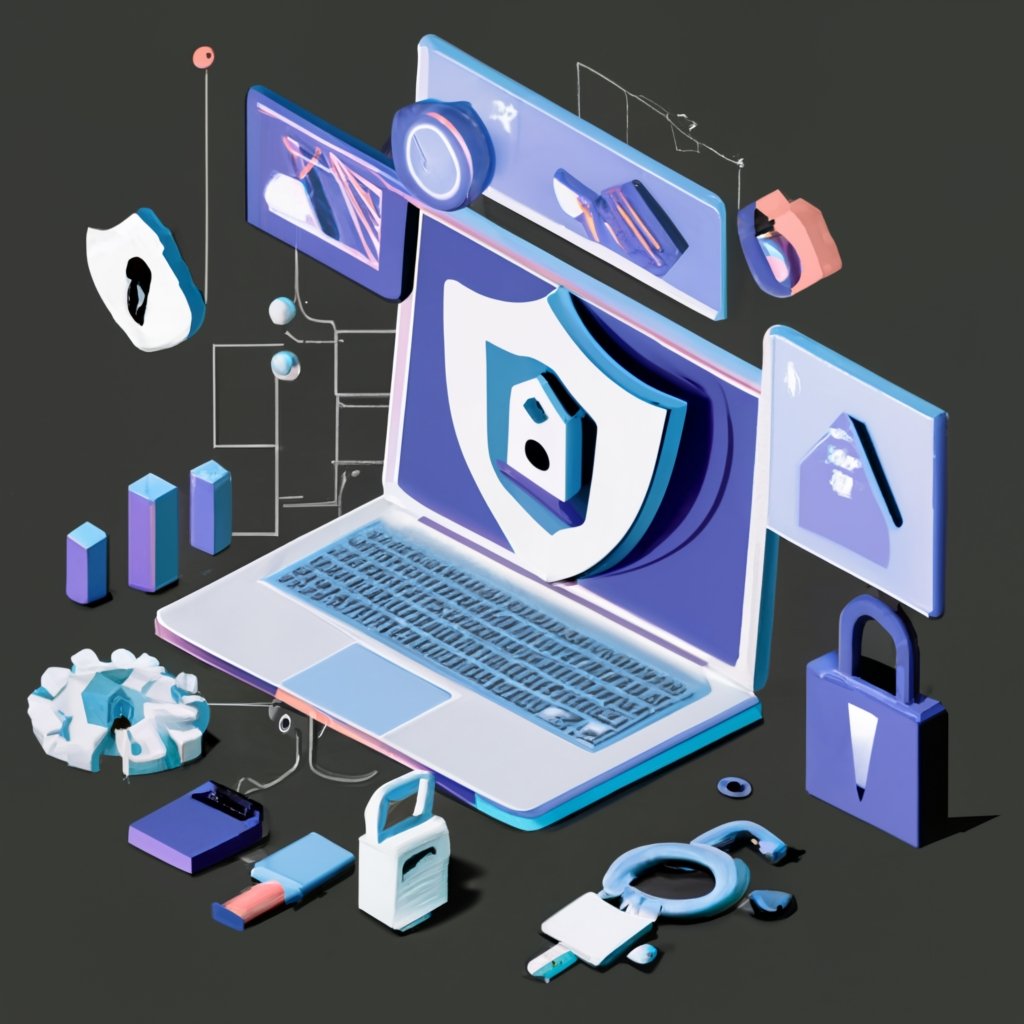Cybersecurity is a constantly evolving field, with new threats and trends emerging all the time. In order to stay safe online, it is important to be aware of the latest cybersecurity trends.
Here is a unique perspective on the top 10 cybersecurity trends to watch in 2023:
1. The rise of deepfakes
Deepfakes are synthetic media in which a person in an existing image or video is replaced with someone else’s likeness. While deepfakes have been around for some time, they are becoming increasingly sophisticated and realistic.
In 2023, we can expect to see more deepfakes being used for malicious purposes, such as spreading disinformation, impersonating people, and committing fraud. For example, a cybercriminal could use a deepfake to create a video of a CEO saying something that they never said, in order to manipulate the stock market.
2. The targeting of critical infrastructure
Critical infrastructure is essential for the functioning of society, including things like power grids, transportation systems, and water treatment facilities. Cybercriminals are increasingly targeting critical infrastructure in order to cause widespread disruption.
In 2023, we can expect to see more attacks on critical infrastructure, with cybercriminals using a variety of methods, such as ransomware, malware, and denial-of-service attacks.
3. The exploitation of quantum computing
Quantum computing is a new type of computing that has the potential to be much faster than traditional computing. While quantum computing is still in its early stages of development, it is already being explored by cybercriminals.
In 2023, we can expect to see cybercriminals begin to exploit quantum computing to develop new and more powerful attacks. For example, quantum computing could be used to break encryption algorithms or to develop new types of malware that are more difficult to detect and remove.
4. The rise of cryptojacking
Cryptojacking is a type of cyberattack in which the attacker uses a victim’s computer to mine cryptocurrency. Cryptocurrency mining is the process of creating new cryptocurrency units by solving complex mathematical problems.
Cryptojacking is becoming increasingly common, as it is a relatively easy way for cybercriminals to make money. In 2023, we can expect to see more cryptojacking attacks, with cybercriminals targeting a wider range of devices, including smartphones, tablets, and IoT devices.
5. The evolution of ransomware
Ransomware is a type of malware that encrypts a victim’s data and demands a ransom payment in exchange for the decryption key. Ransomware attacks have become increasingly common and sophisticated in recent years.
In 2023, we can expect to see ransomware attacks continue to evolve, with cybercriminals developing new variants that are more difficult to detect and remove. We can also expect to see more targeted ransomware attacks, with cybercriminals focusing on high-value targets such as businesses and governments.
6. The increasing use of artificial intelligence (AI)
AI is being used in a variety of ways to improve cybersecurity, but it is also being used by cybercriminals to develop new and more sophisticated attacks. For example, AI can be used to create phishing emails that are more likely to fool users, or to develop malware that can evade detection by security software.
In 2023, we can expect to see both cybercriminals and cybersecurity professionals increasingly using AI. This will lead to a more dynamic and complex cybersecurity landscape.
7. The growing importance of the human element
Cybercriminals are increasingly recognizing that the human element is often the weakest link in the security chain. As a result, they are developing new social engineering attacks that are designed to exploit human psychology and trick people into giving up sensitive information or clicking on malicious links.
In 2023, we can expect to see more social engineering attacks, with cybercriminals targeting a wider range of people, including employees, customers, and partners.
8. The need for a zero-trust security model
A zero-trust security model assumes that no user or device can be trusted by default. Instead, all users and devices must be verified before they are granted access to resources.
A zero-trust security model is essential for protecting organizations from the latest cybersecurity threats. In 2023, we can expect to see more organizations adopting a zero-trust security model.
9. The importance of security awareness training
Security awareness training is a critical part of any cybersecurity program. By educating employees about cyber threats and how to avoid them, organizations can reduce their risk of being attacked.
In 2023, we can expect to see more organizations investing in security awareness training. This is essential for protecting organizations from the latest social engineering attacks.
10. The need for collaboration
Cybersecurity is a global challenge, and no single organization can solve it alone. In order to stay safe online, organizations need to collaborate with each other and with government agencies.
In 2023, we can expect to see more collaboration between organizations and government agencies on cybersecurity issues. This collaboration will be essential for developing and implementing effective cybersecurity solutions.
Conclusion
The cybersecurity landscape is constantly evolving, with new threats and trends emerging all the time. In order to stay safe online, it is important to be aware of the latest cybersecurity trends.
The trends discussed in this blog post are just a few of the most important cybersecurity trends to watch in 2023. By staying informed about these trends and taking appropriate steps to protect yourself, you can reduce your risk of being attacked.
Additional tips
In addition to the tips provided in the previous blog post, here are a few more tips for protecting yourself from the cybersecurity trends discussed in this blog post:
- Be careful about what information you share online, especially on social media.
- Be wary of unsolicited emails and phone calls.
- Keep your software up to date, including your operating system, browser, and security software.
- Use a strong password manager to create and manage strong passwords for all of your online accounts.
- Enable two-factor authentication whenever possible.
- Back up your data regularly.
By following these tips, you can help to protect yourself from the latest cybersecurity threats.



